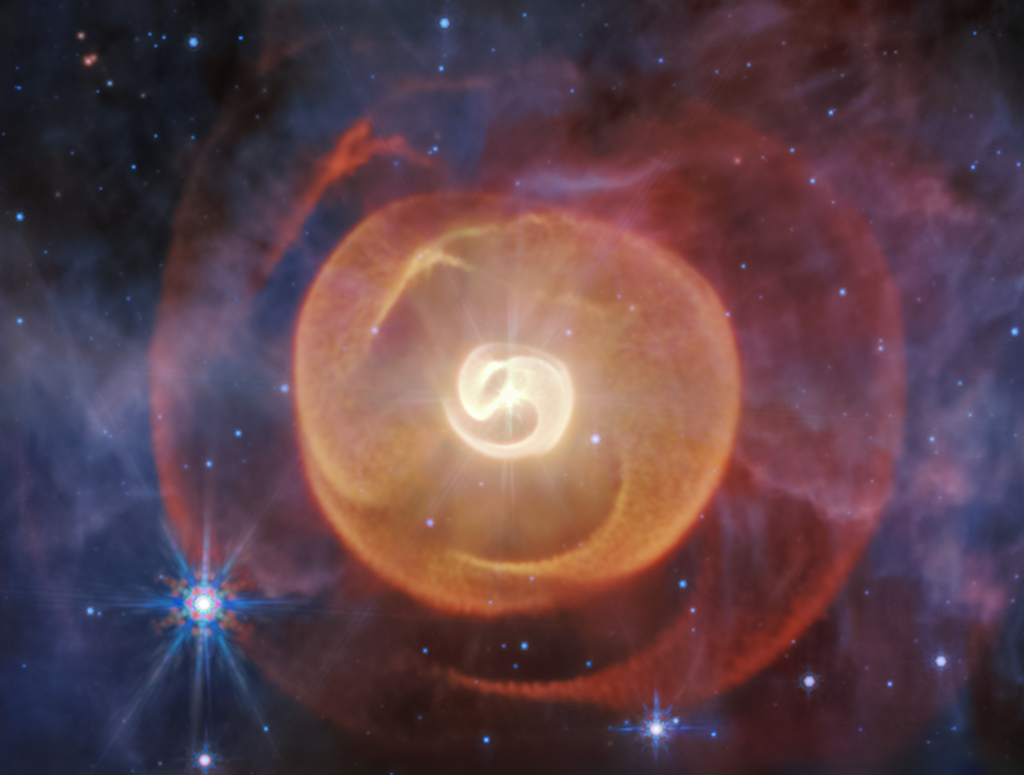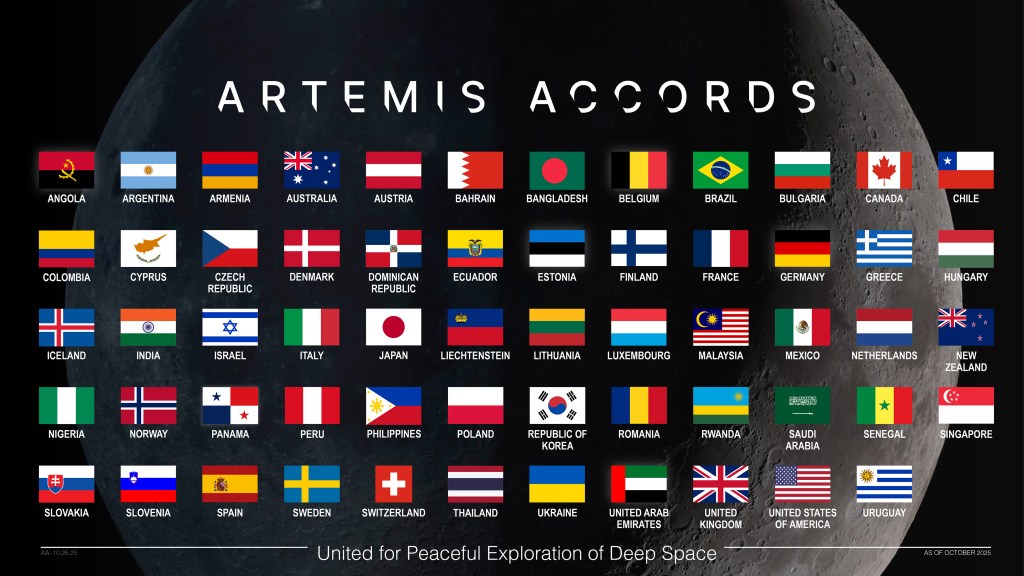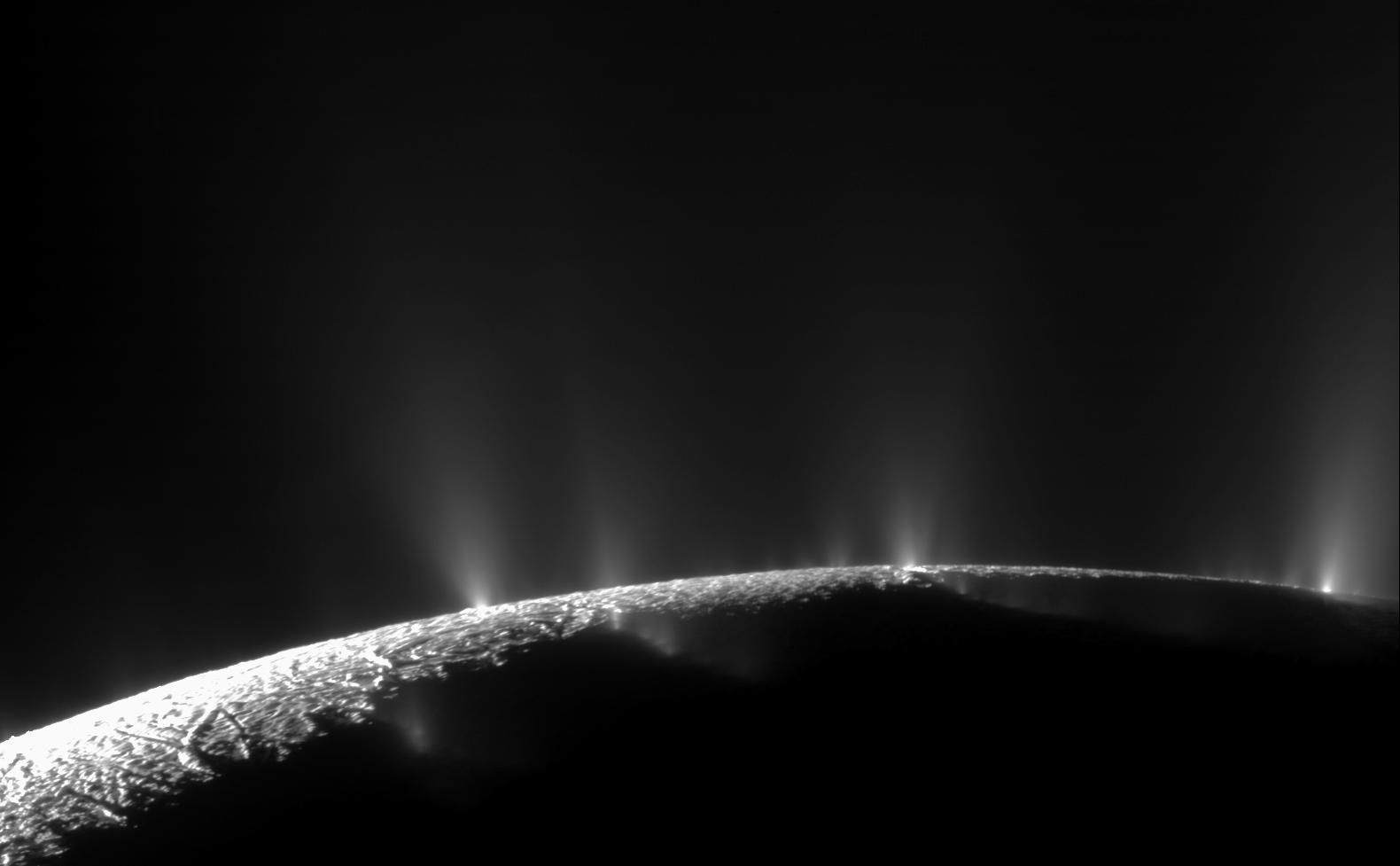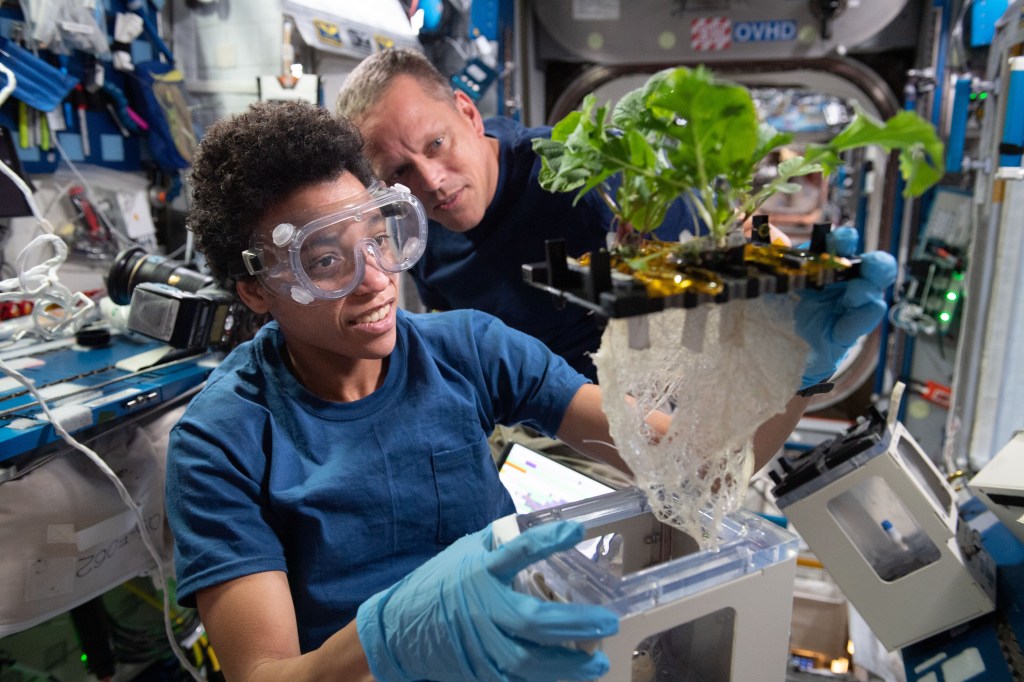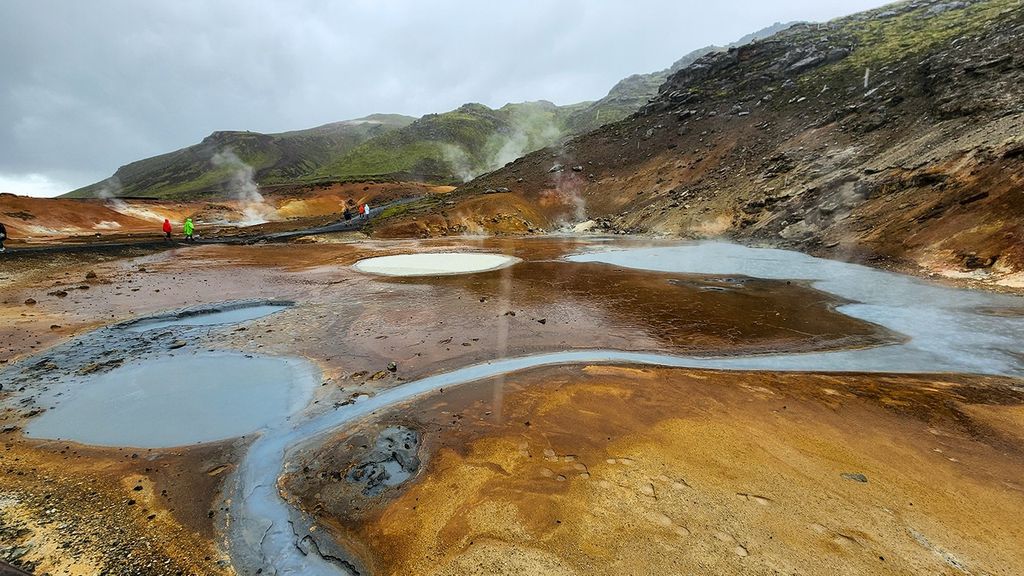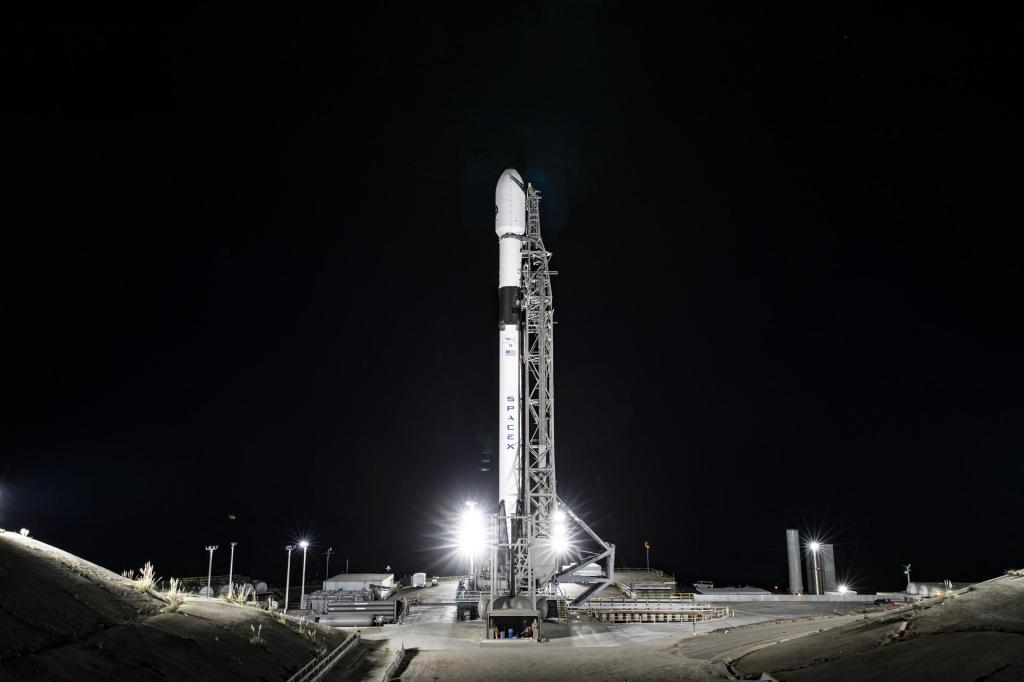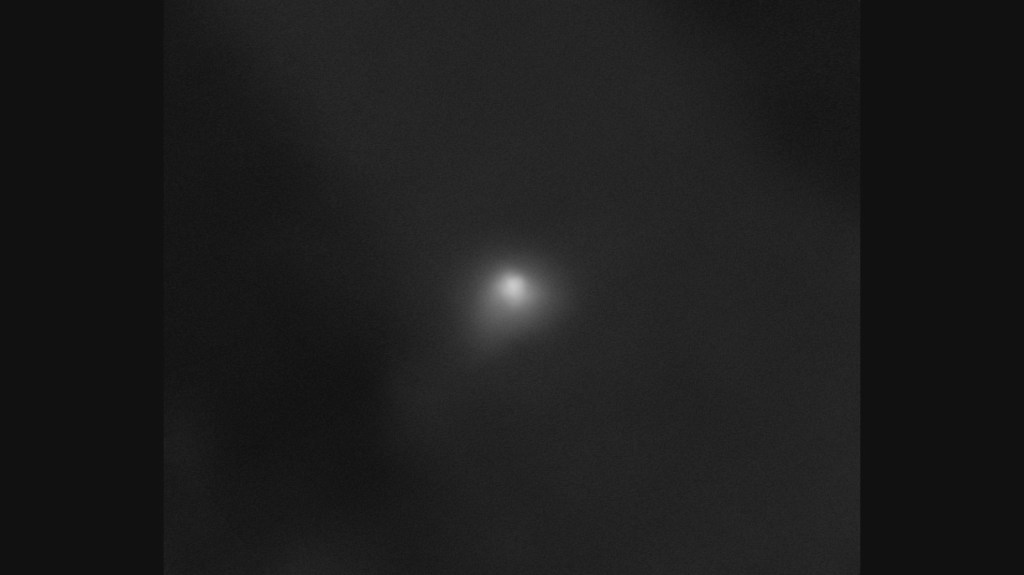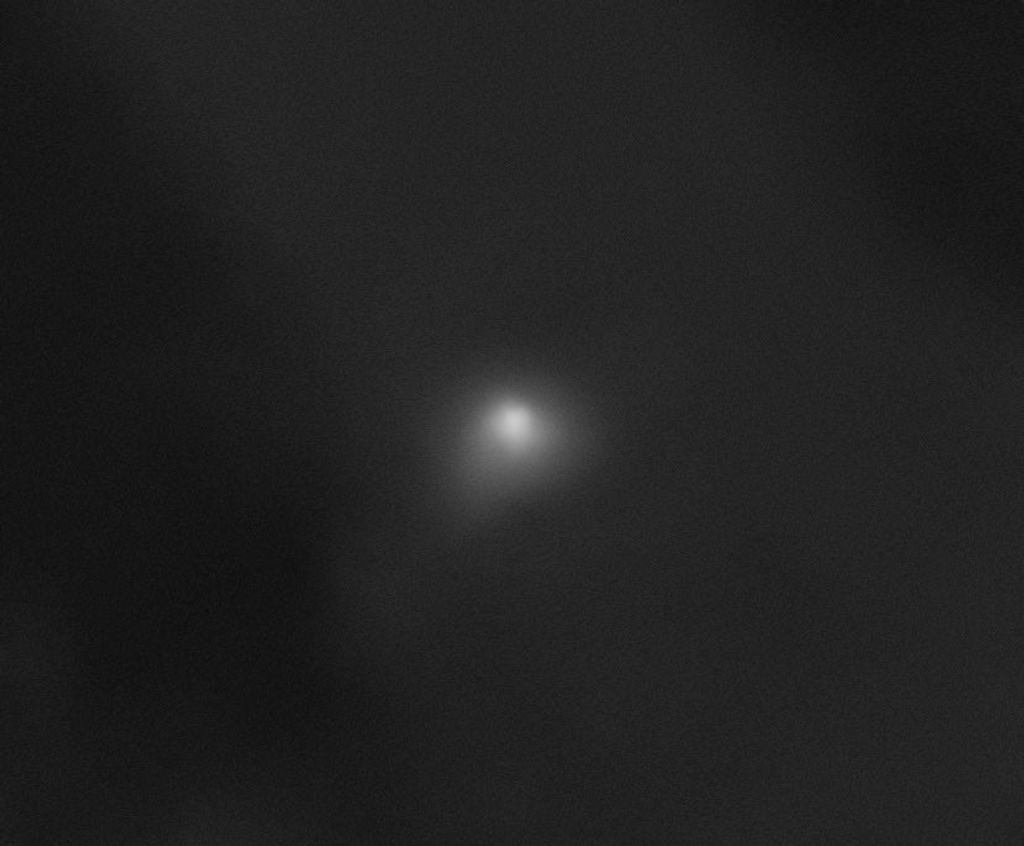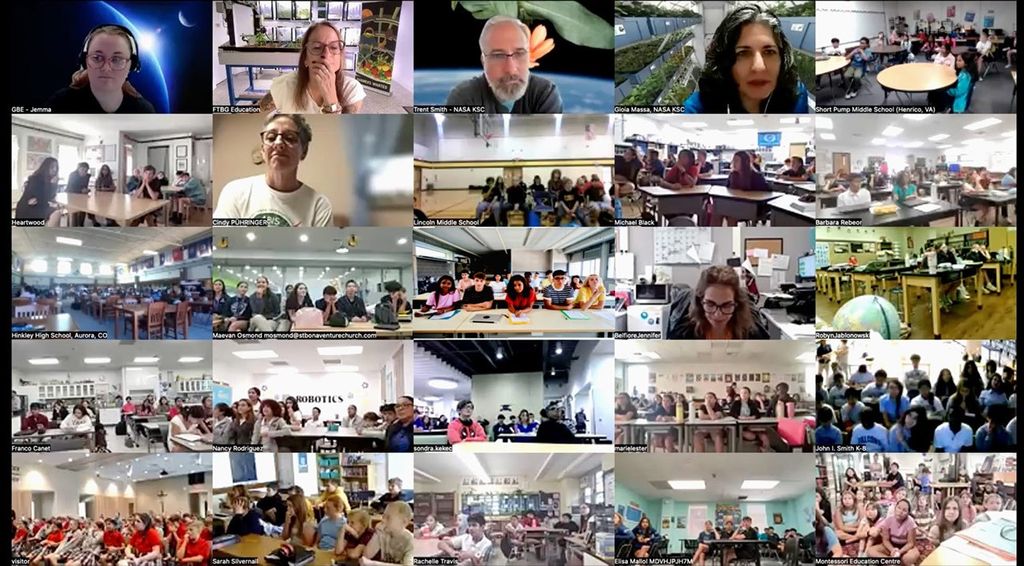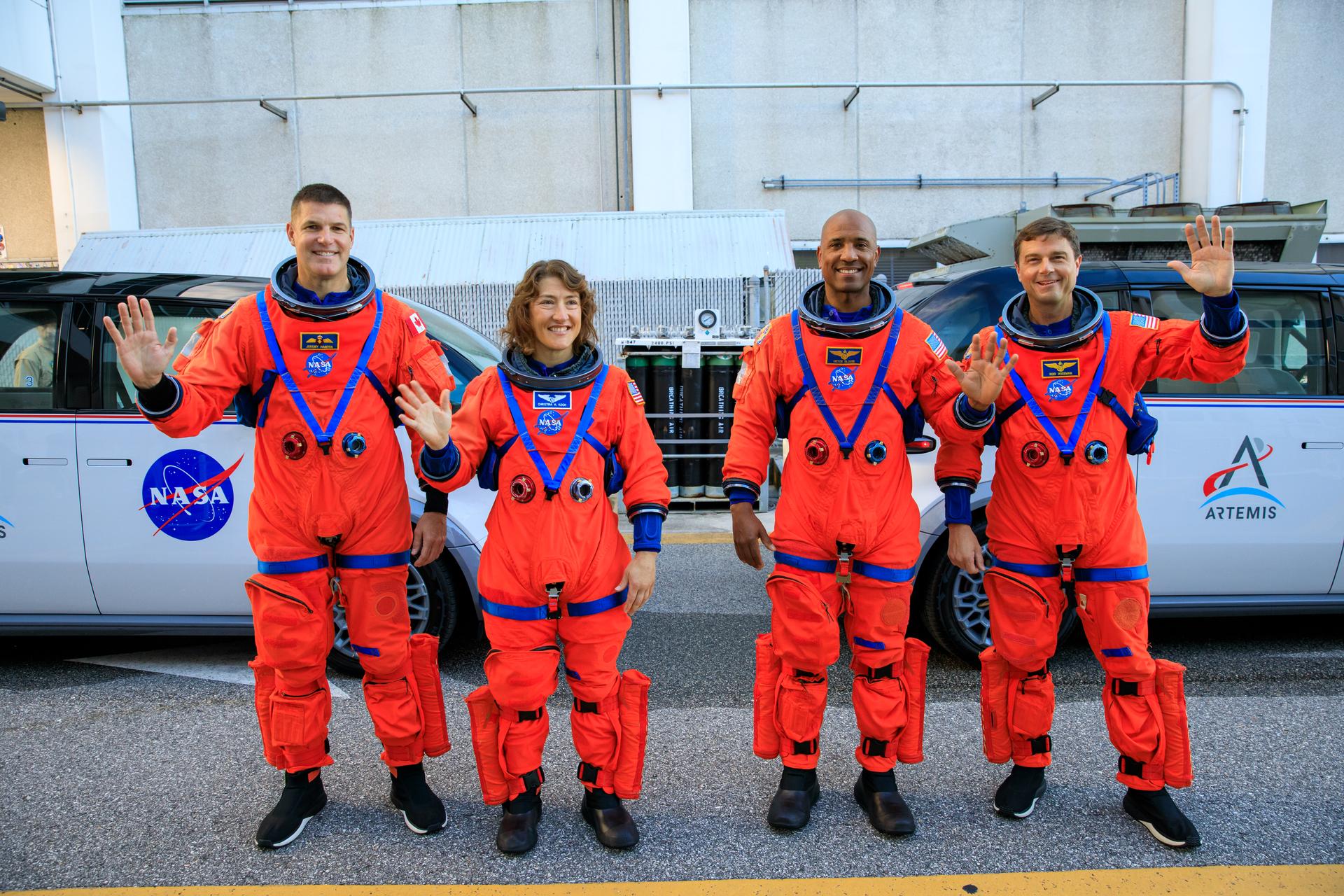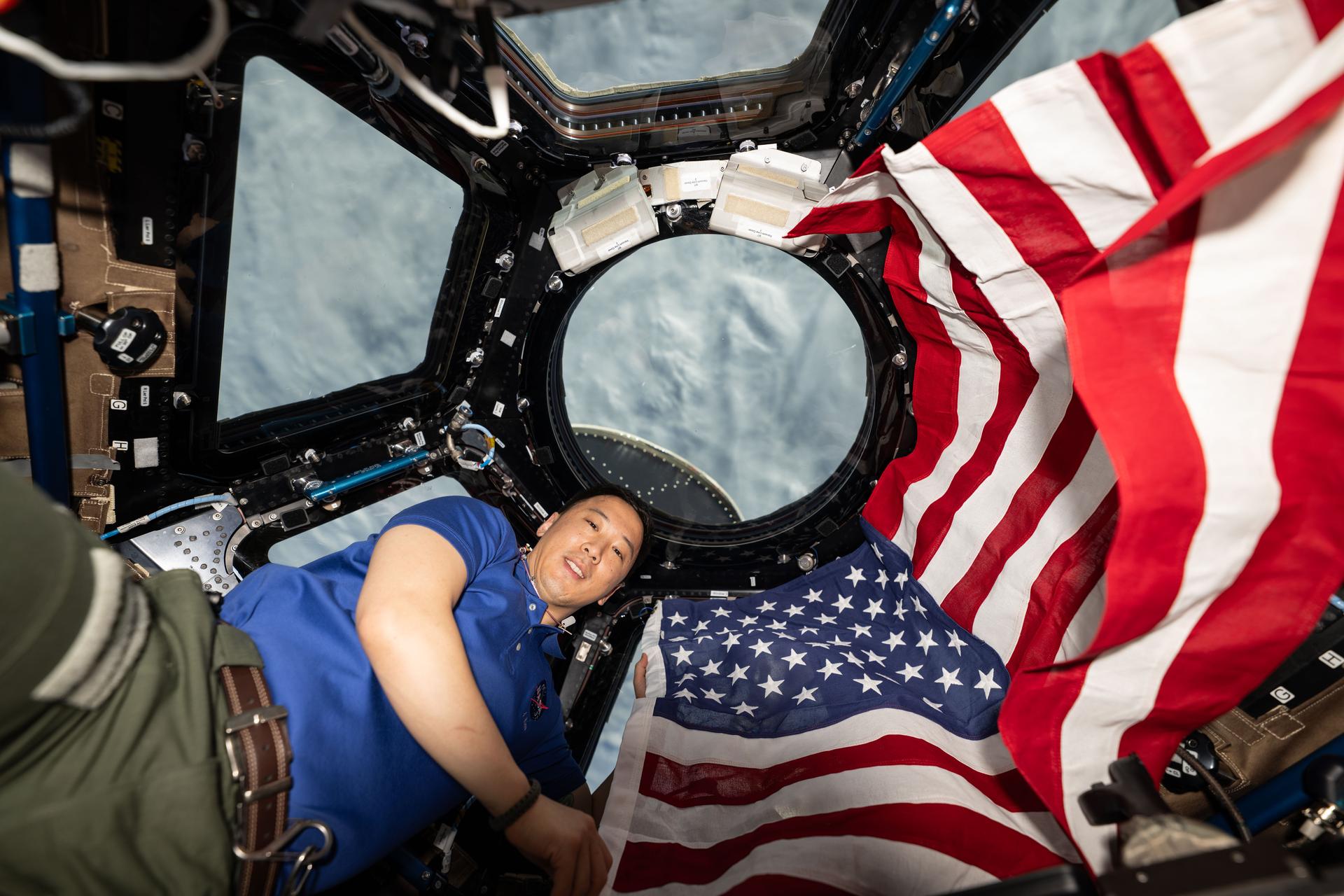1 min read
Starlight Absorption

Starlight Yields Clues To Exoplanets’ Atmospheres
Astronomers used Hubble to analyze light from the nearby star TRAPPIST-1 that passed through the atmospheres of four Earth-sized planets in the star’s habitable zone. This zone is a region at a distance from the star where liquid water, the key to life as we know it, could exist on the planet's surfaces. The astronomers were looking for the signatures of certain gases, including hydrogen, in the atmospheres that were imprinted on the starlight.
The graphic at top shows a model spectrum containing the signatures of gases the astronomers would expect to see if the exoplanets’ atmospheres were puffy and dominated by primordial hydrogen from the distant worlds’ formation.
The Hubble Space Telescope observations, however, revealed that the planets do not have hydrogen-dominated atmospheres. The flat spectrum shown in the illustration at bottom indicates that Hubble did not spot any traces of water or methane, which are abundant in hydrogen-rich atmospheres.
The researchers concluded that the atmospheres are composed of heavier elements residing at much lower altitudes than could be measured by the Hubble observations.
Hydrogen is a greenhouse gas, which smothers a planet orbiting close to its star, making it hot and inhospitable to life. The results, instead, favor more compact atmospheres like those of Earth, Venus, and Mars.
The exoplanets are members of a system of seven Earth-size worlds orbiting TRAPPIST-1, located 40 light-years away.
- Release DateFebruary 5, 2018
- Science ReleaseHubble Probes Atmosphere of Exoplanets in TRAPPIST-1 Habitable Zone
- Credit
Related Images & Videos

Abstract Concept of TRAPPIST-1 System
TRAPPIST-1 System This artist's concept appeared on the Feb. 23, 2017 cover of the journal Nature announcing that the nearby star TRAPPIST-1, an ultra-cool dwarf, has seven Earth-sized planets orbiting it. Two of the planets were discovered in 2016 by TRAPPIST (the Transiting...

Spectra of Four TRAPPIST-1 Planets
Spectra Offer Clues To Makeup of Exoplanets’ Atmospheres These spectra show the chemical makeup of the atmospheres of four Earth-size planets orbiting within or near the habitable zone of the nearby star TRAPPIST-1. The habitable zone is a region at a distance from the star...
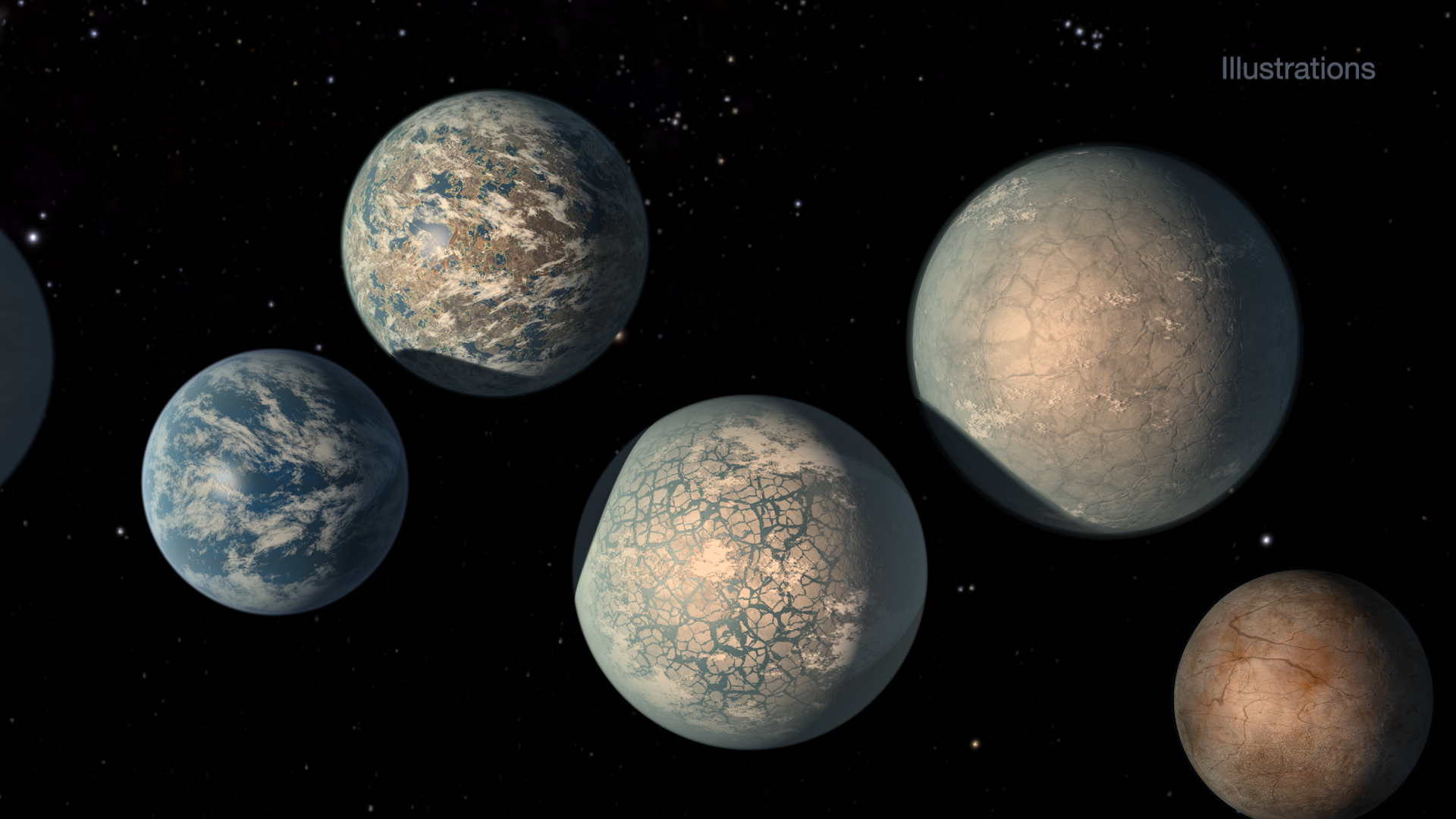
Hubble Observes Atmospheres of TRAPPIST-1 Exoplanets in the Habitable Zone
Astronomers using the Hubble Space Telescope have conducted the first spectroscopic survey of Earth-sized planets in the TRAPPIST-1 system’s habitable zone. Hubble reveals that at least the inner five planets do not seem to contain puffy, hydrogen-rich atmospheres similar to...
Share
Details
Claire Andreoli
NASA’s Goddard Space Flight Center
Greenbelt, Maryland
claire.andreoli@nasa.gov

